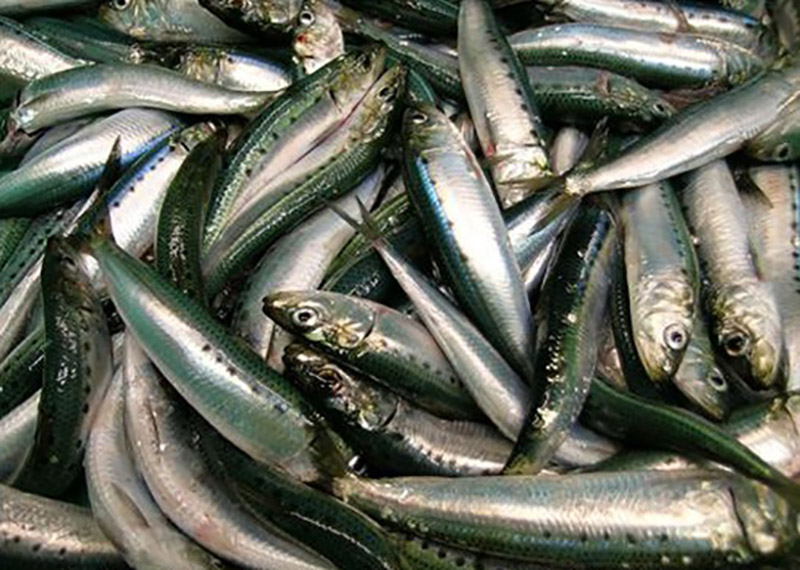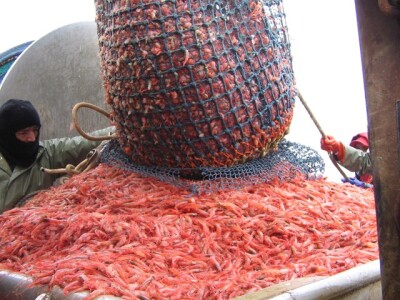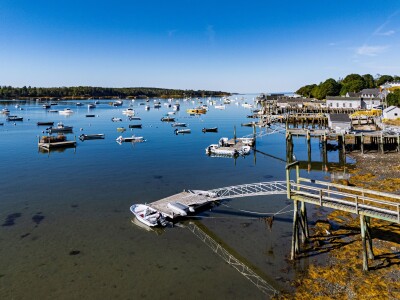Fishermen say surveys are flawed
The bad news, once again, is that the 2017 West Coast sardine season has been scuttled for lack of substantial biomass — at least from the current stock assessment modeling, which came in at 106,000 metric tons. The threshold for a directed fishery is 150,000 metric tons.
“The only active fishery is the bait fishery,” says Diane Pleschner-Steele, executive director of the California Wetfish Producers Association, in Buellton, Calif. “It’s the only directed target we have right now.”
Fishermen are allowed a percentage of sardines in other fisheries. The fleet harvesting anchovies can’t have more than 40 percent sardines in their catch, by weight. According to most recent data in PacFIN, fishermen from Washington, Oregon and California harvested just over 3,860 metric tons in 2015.
And there aren’t many alternative species for the fleet to target in the spring. With the fishery on hold for the second season in a row — and harvests running weak in other fisheries — the fleet must now grapple with the idea of applying for disaster relief.
For years the industry has reported biomass that acoustic surveys have missed. The depths at which the tiny fish swim often render them unseen in the scope of transducers, and the areas in which the surveys are conducted don’t include populations within a mile of shore. The small fish also show up in other fisheries, spawning hopes of a rebounding biomass. If you ask Pleschner-Steele, the sardines are out there.
“There’s a huge portion of the biomass that’s not getting measured,” she says. “We need to measure the nearshore fish.”
Complicating the current biomass surveys is that the recent blob of warm water drove sardines out of the gridded areas where NMFS traditionally conducts the surveys. Though they aren’t counted as fishable, an increase in the biomass of small sardines appeared in surveys from 2015. This past winter’s trend of cooling waters could bode well for the baby sardines in the coming years.
Improving the survey methodology will be the focus of government and industry stakeholders after the current methodology comes to an end next year. Pleschner-Steele said the meetings would begin in late March.







